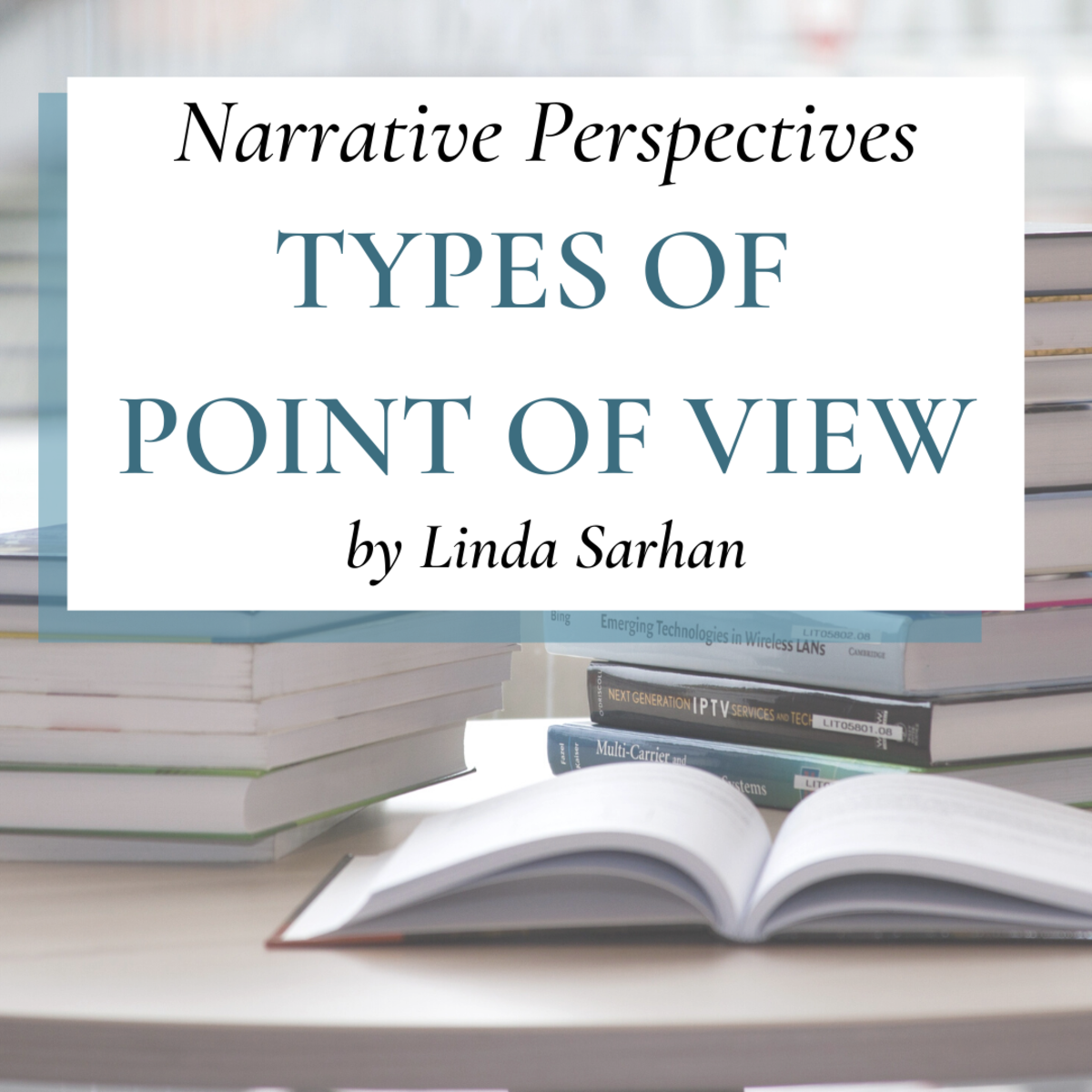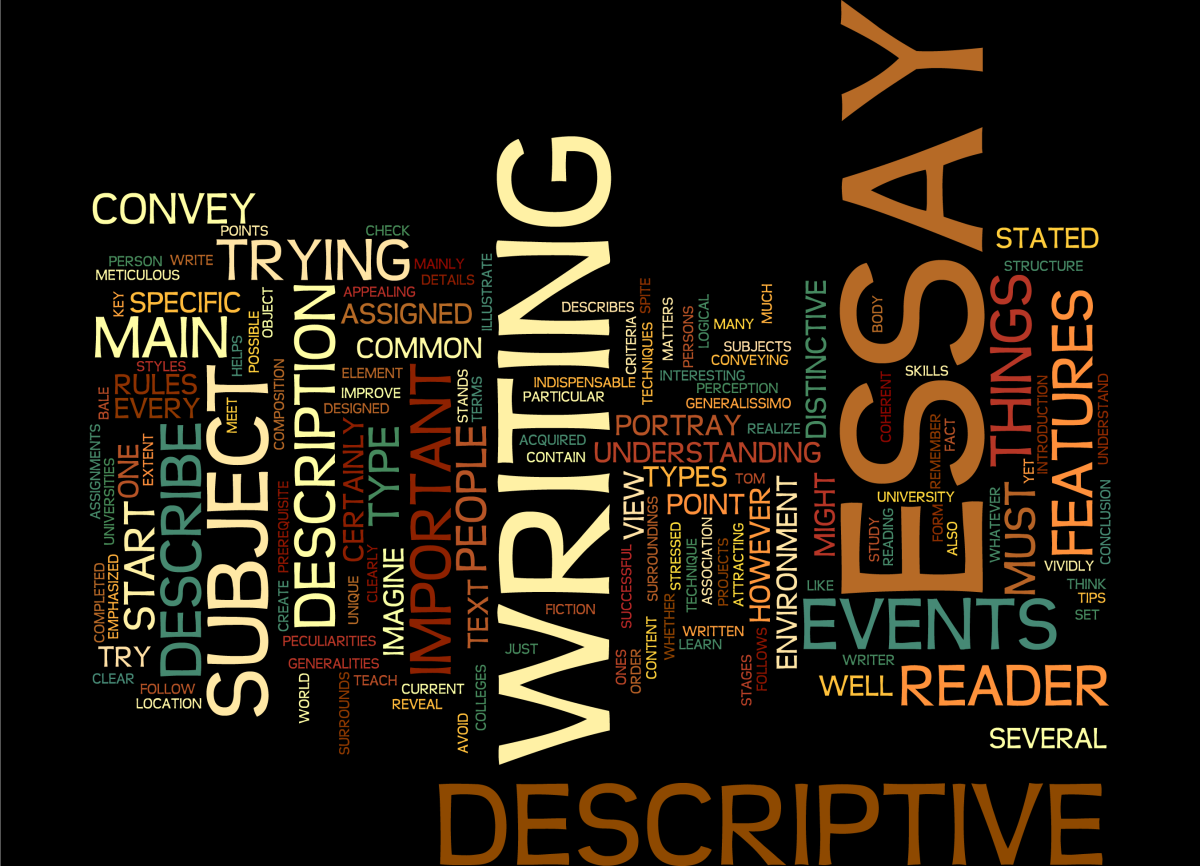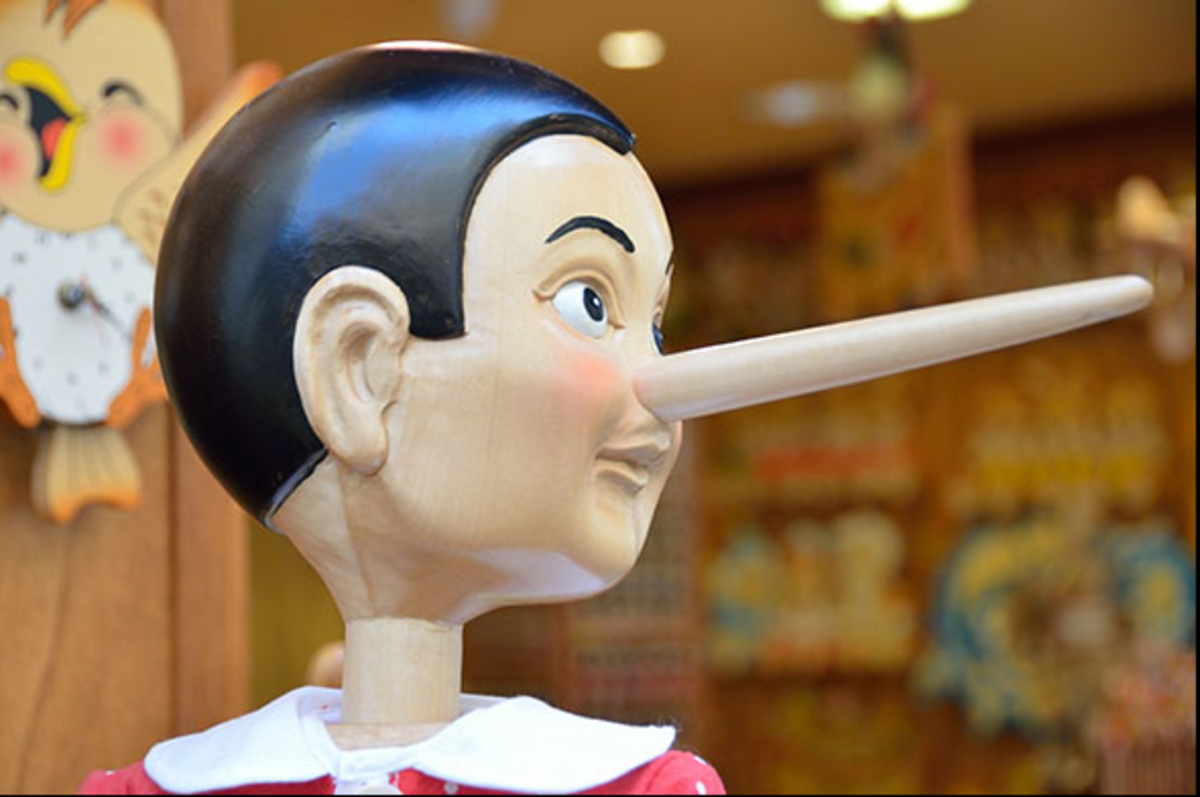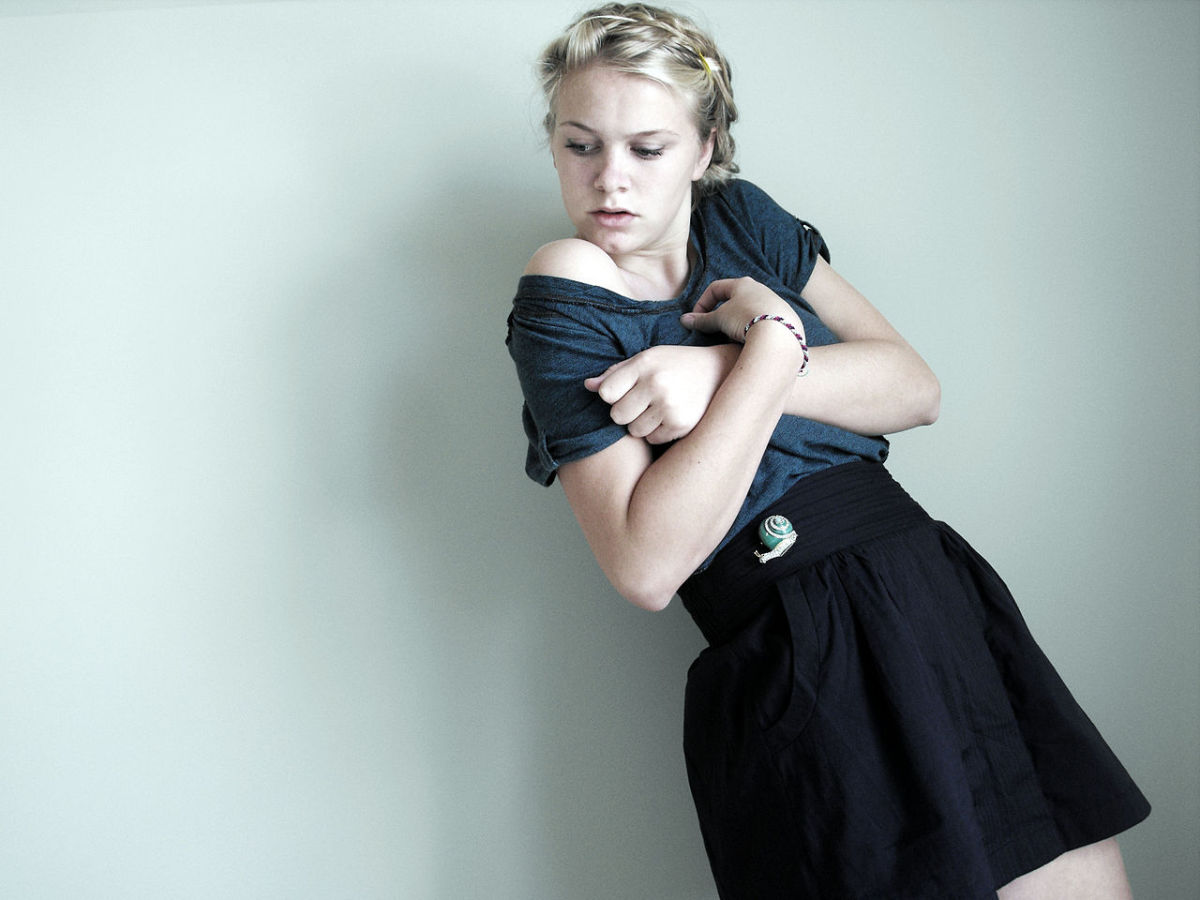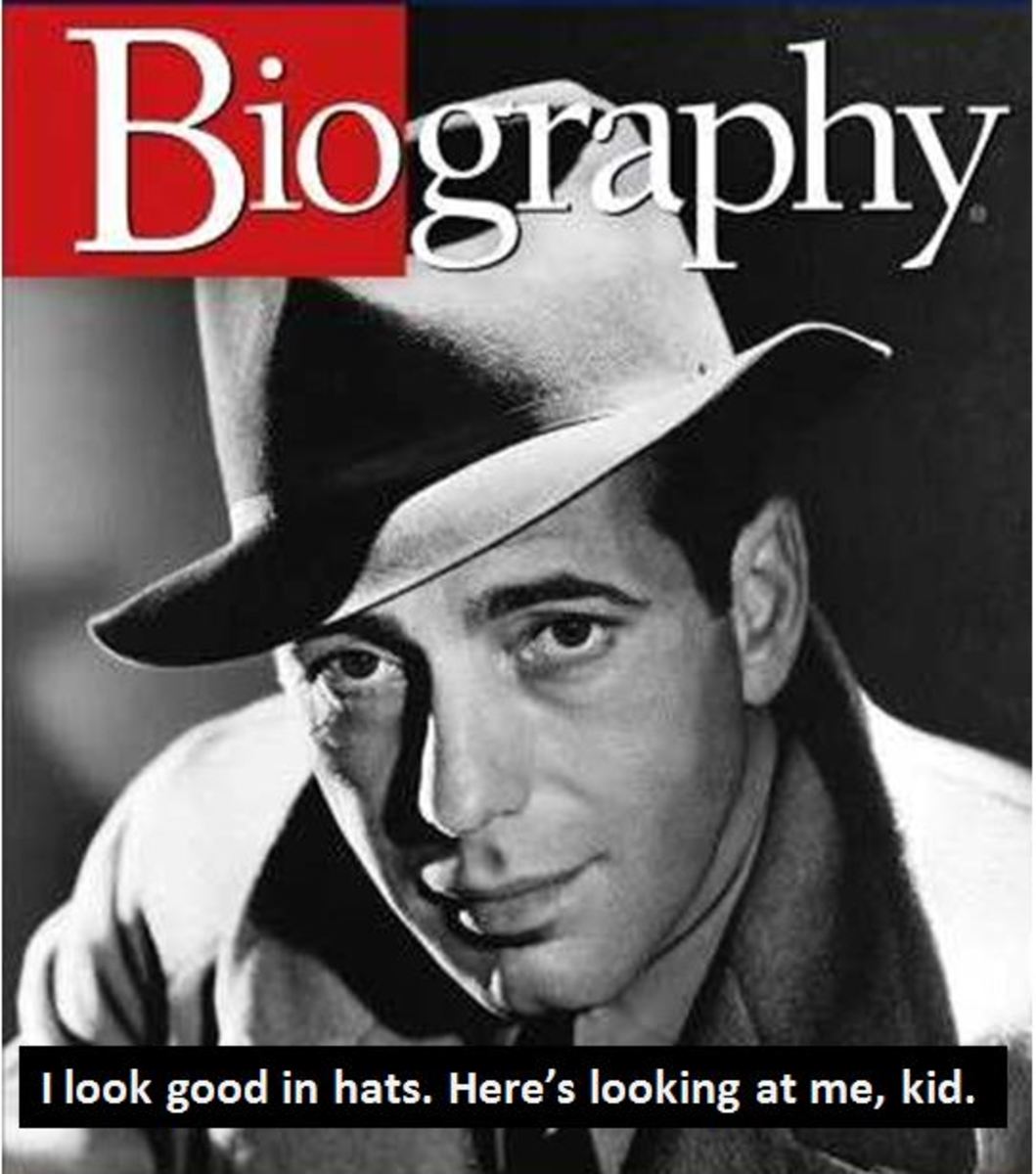How To Write in Deep Point of View -- Part 3
Point of View - Thinking
In Lesson One we covered the basics of character point of view, and learned the first rule:
Rule #1: In order for something to be included in a scene, the POV character must have the ability to perceive it using his or her five senses.
In this lesson, we are going to take the first steps to deepening the POV. To do that, we must first understand that point of view is not just about what a character can perceive, it’s about what a character will perceive. That leads us to...
Rule #2: In order for something to be included in a scene, it must make sense for the POV character to be thinking about it at that moment in the story.
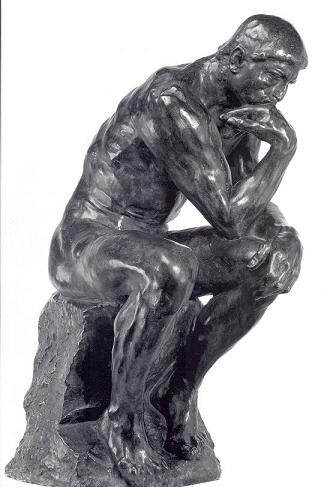
Getting Into the Character's Body
In one of the exercises for Lesson One, many of you noticed something that the POV could have perceived, but was not likely to have been noticing at that particular moment in the story: Josephine biting her lower lip.
When I’m reading a passage in which a POV character’s body language, facial expression or gestures are described, I no longer feel as if I am experiencing the story from that character’s perspective. The story begins to feel as if it is being narrated by someone who is watching the action, as opposed to someone who is experiencing the action. For those moments, the POV has become omniscient.
Unconscious Gestures
When I am concentrating very hard on something that requires physical precision, such as threading a fine needle or fixing the broken clasp on a piece of jewelry, my tongue slips between my teeth and my lips part slightly. I’ve done it since I was a kid. A friend once snapped a picture of me doing this, and I found out how strange it makes me look. Sometimes I catch myself and stop, but only after I’ve no doubt been sitting there with my tongue peeking out for several minutes. During that time I was completely unaware I was doing it.
While being aware of an unconscious gesture is cinematic, and thus severs the connection between the character and the reader, that moment when the character suddenly realizes that she is jiggling her foot does just the opposite—it brings the reader into the character’s body. Not only is it good POV technique, it’s a great example of showing vs. telling, which we will discuss in a later lesson.
Sometimes, as with the friend who took my picture, it’s not the POV character who notices the gesture. Another character can reach over and still the hand with the drumming fingers, or a mother can tell her child to stop chewing her pencil—or his fingernails.
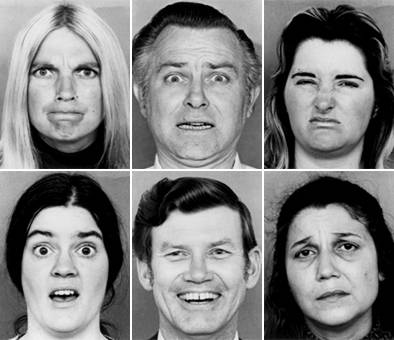
Facial Expressions
Quick, what expression is on your face right now? You had to stop, just for a second, and think about it, didn’t you? This is one of the most common POV errors I see in unpublished manuscripts—the POV character is described as smiling, frowning, glaring, etc. While it is not impossible for a person to perceive their own facial expression, it usually isn’t the case.
This is an error I still catch myself making. Okay, usually it’s my critique partners who call me out on it, but the point is, it’s easy to do. Luckily, it’s also easy to fix.
There are three ways to handle facial expressions with POV characters:
- Leave them out. If you’re doing your job with showing vs. telling (this will be the subject of a lesson later in this series of articles) your reader will be experiencing the character’s emotions, and thus will not need the extra hint of a facial expression.
- The character becomes aware. You often see your facial expression reflected in the expression of others: “John frowned, and I realized I was scowling at him.” Or, you can literally see a reflection: “Passing the window, Mary caught sight of her reflection--she was grinning like an idiot.”
- The character does it on purpose. “With an effort, Gerry managed to keep his face neutral.” or “Joan pasted a polite smile on her face and shook Robert’s hand.”
Other Lessons in this Series
- How to Write in Deep Point of View--Part 1
This is the first in a series of articles by novelist Toni Andrews about writing character-driven fiction. - How to Write in Deep Point of View--Part 2
It's all about Perception! Learn about the link between the five senses and deep point of view. - How to Write in Deep Point of View -- Part 4
Did you know that Information Dumping is a point of view error? Find out how to avoid it. - How to Write in Deep Point of View -- Part 5
More about Information Dumping and how to avoid it.
Body Language
There are plenty of full-length articles on body language alone, and I’m not going to attempt to teach an entire course in it here (although we are going to talk about it a lot when we get to Showing vs. Telling).In general, however, it can be said that it is unlikely that a POV character will notice his or her own body language.
Like unconscious gestures, body language is something that we do automatically.We cross our arms when we feel threatened, we tighten jaws when angry, we lean forward when we’re interested in what someone else is saying.And, just like unconscious gestures, when we put these details on the page, we have slipped out of the character’s POV and into that of an omniscient narrator.
And, again, just like unconscious gestures, the moment that a POV becomes aware of his or her own body language can be a way to pull the reader into the character’s body with them, strengthening that connection.It’s a little trickier because, in general, body language is more subtle than a gesture.That’s why conveying it effectively can be so powerful.
You can have a character notice their body language....
- Because of the way another character reacts. Joe saw Tina flinch, and realized he’d been clenching his fists. With an effort, he relaxed his hand.
- When it causes a physical sensation that is too strong to ignore.Maria became aware of a pain in her chest, and realized she was holding her breath. She let it out slowly, and the ache receded.
- When the body language changes.As the tension left my muscles, the sensation of relief made me almost light-headed.
Exercise
- Make a list of unconscious gestures that a POV character might have, then brainstorm ways that the author could get each them onto the page, while remaining in the same character’s Point of View
- For each of the following facial expressions, write a sentence in which the POV character has the expression, and is aware of it in a realistic way.
- A smile
- A scowl
- A worried look
3. What are some ways in which a POV character can become aware of his or her own body language.?

